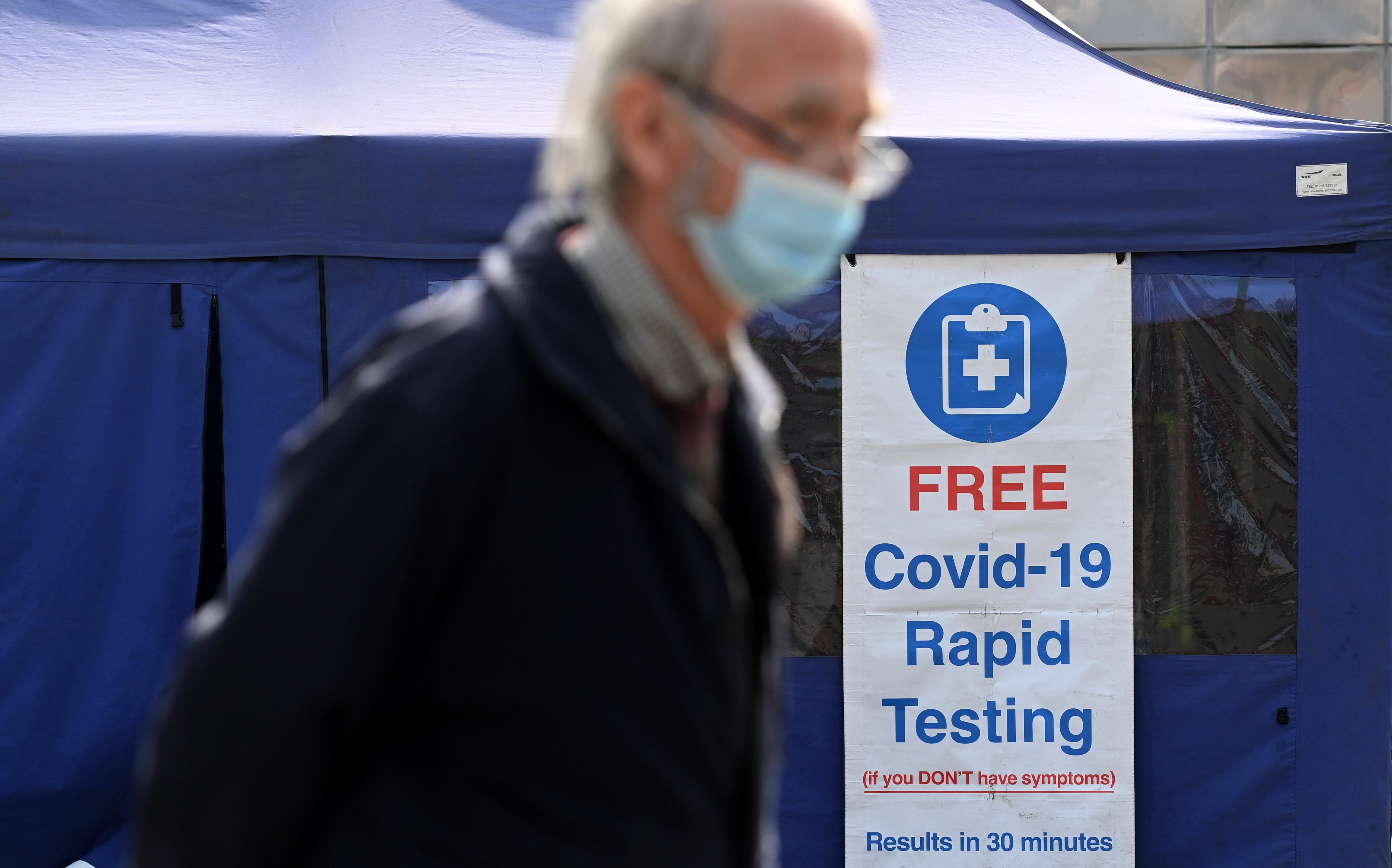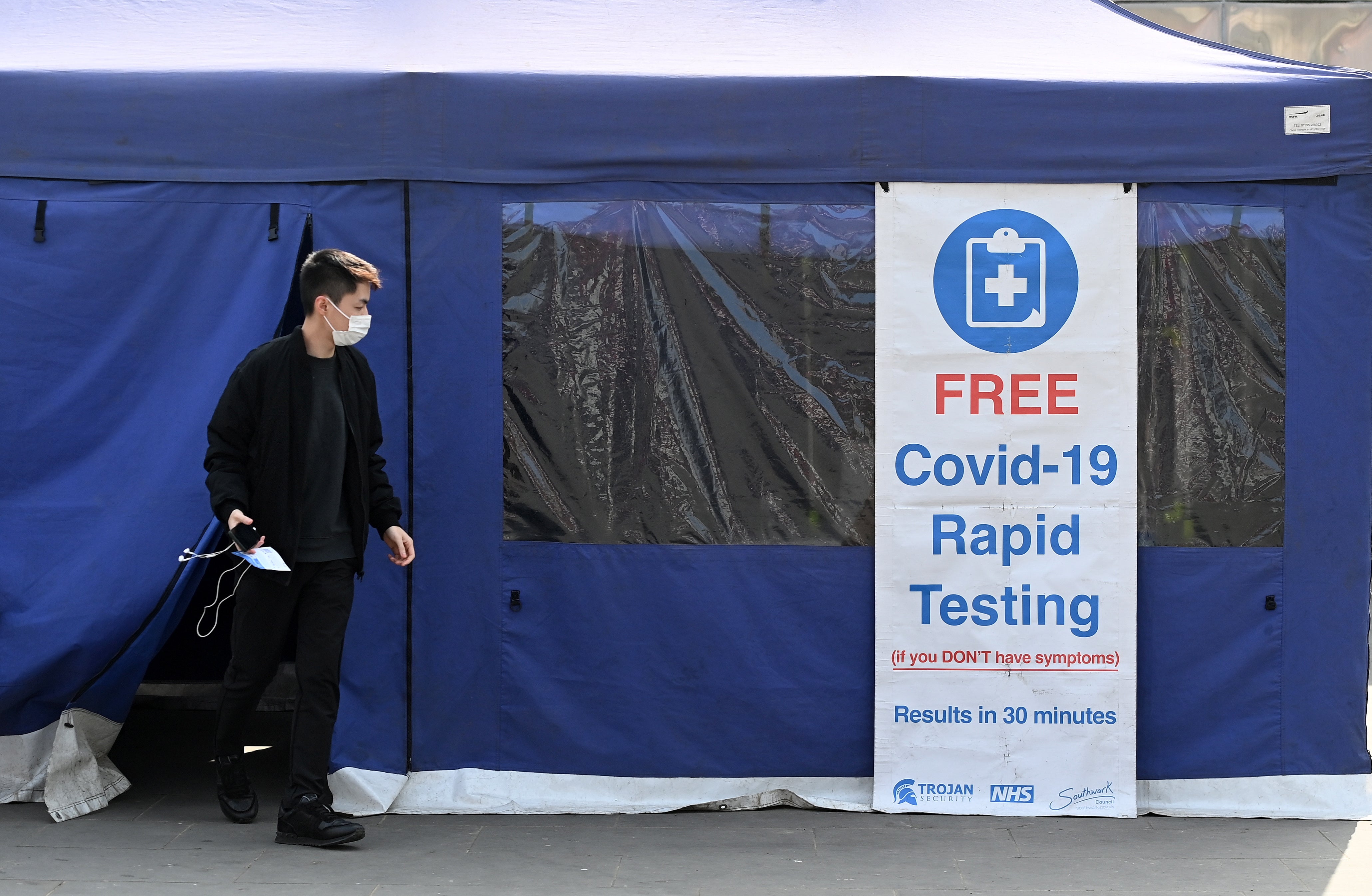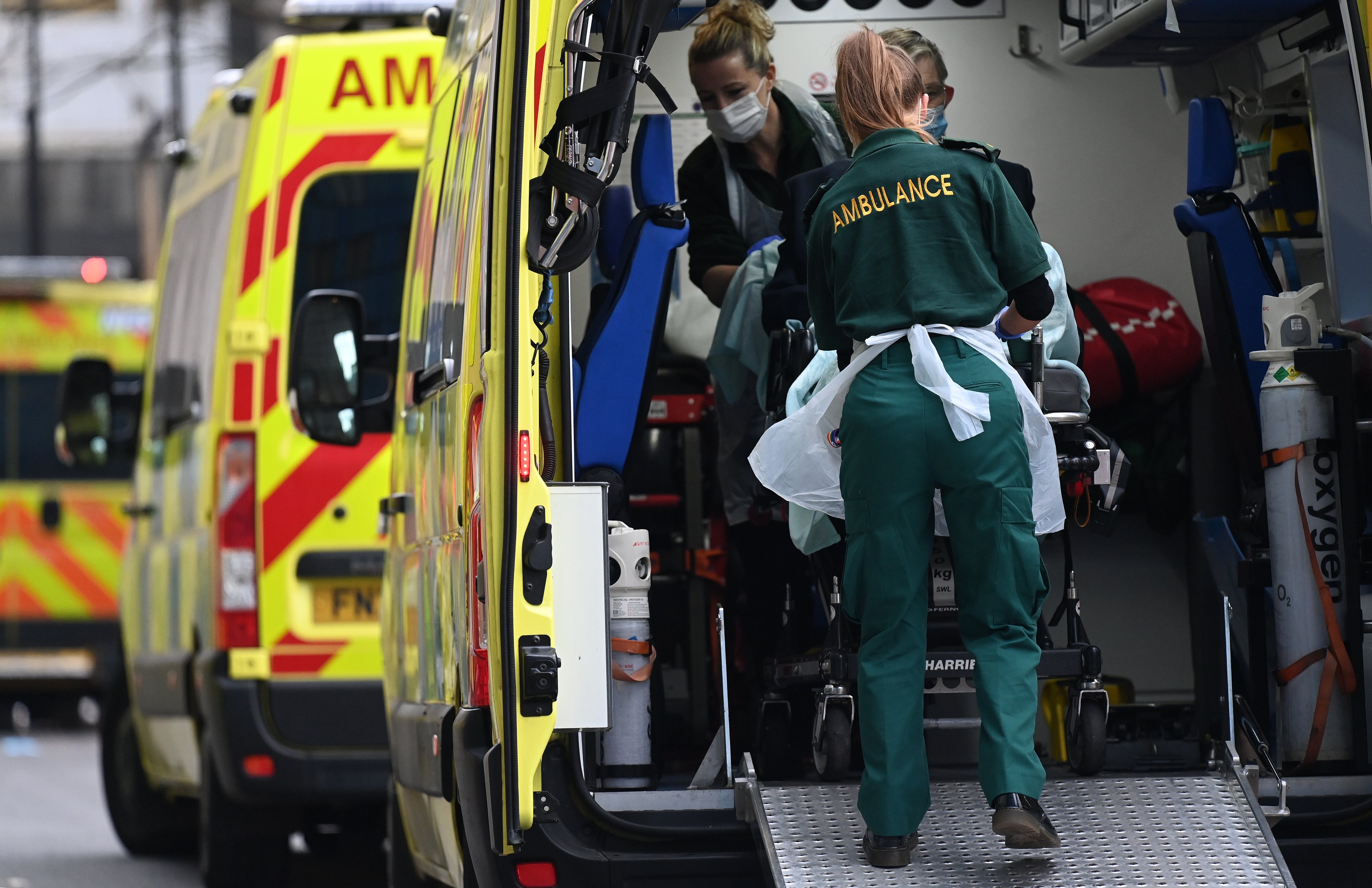NHS adds 9 ‘new’ official Covid symptoms - but experts ask why it’s taken two years
The change comes weeks after the UK scaled back Covid restrictions

The NHS has updated its Covid information page, adding nine official symptoms of the virus - just as free testing is axed for most of the population.
The healthcare provider previously listed just three official symptoms; a high temperature, a new continuous cough and a loss or change of sense of smell or taste.
There are now a total of 12, with the NHS adding shortness of breath, feeling more tired than usual, body aches, loss of appetite, diarrhoea and feeling sick or being sick.
The change was met with a mixed response from doctors and public health experts who have campaigned throughout the pandemic for the list of symptoms to be broadened.
Questions have today been raised why it has taken so long to have the symptoms added.
Professor Tim Spector, lead scientist on the Zoe Covid study app, who has lobbied the government to broaden the official Covid symptoms list.

“Everyone at ZOE is incredibly happy to see that the NHS has finally updated the official Covid-19 symptom list after two very long years of lobbying and contributor input,” Professor Spector said.
“The addition of more symptoms is definitely a step in the right direction and it could help reduce infections as we go forward. However, whilst this is good news, I’d like to see the order of the symptoms changed, as the NHS list puts far too much emphasis on symptoms like fever, and anosmia, which we know are much less common since the Omicron variant emerged.
“According to the ZOE Covid Study, the top five symptoms being reported by contributors with a positive Covid test are; runny nose (83 per cent), fatigue (71 per cent), sore throat (69 per cent), headache (69 per cent) and sneezing (68 per cent).”
Professor Azeem Majeed, head of primary care and public health at Imperial College London also welcomed the government’s updated list but was “surprised” that it’s come after two years.
“For a long time we've been seeing patients with covid with different symptoms than on the government website, I'm surprised it’s taken so long to happen formally,” Professor Majeed told The Independent.
"It’s slightly odd that the changes are coming after free lateral tests are available for most people because if they'd shown these symptoms earlier on when there were free tests available, they'd be eligible.

“It’s a strange time to make this change. The government hasn’t published their reasoning but doctors have been asking for this for a year - it’s odd this is happening when people can no longer get a free test,” he added.
Professor Iain Buchan, head of Public Health and Clinical Informatics at the University of Liverpool told The Independent that limitations around Covid testing led to restrictions in the official symptoms list.
“The most important question to ask is what action do you want people to take on the basis of those symptoms? If that action is to go and get a PCR test, then those tests are limited and that’s why I think the list was limited, so those tests were not exhausted initially,” Professor Buchan said.
“Overall testing capacity needed to drill down to the subsect of those with more severe Covid.”
Both the World Health Organisation and the US Centres for Disease Control and Prevention have had longer symptom lists for some time, but the UK had just three symptoms for almost two years of the pandemic.
News of the change comes days after free universal testing for Covid ended in England on 1 April as part of the government’s plan for living with the virus.
Professor Spector had previously criticised the government’s “refusal” to recognise a “wider array of symptoms”, suggesting that not officially acknowledging more symptoms could drive up transmission rates.

“We were always told that the barrier to expanding the list was that adding more symptoms could overwhelm the testing capacity, so it makes sense that since free testing has now stopped, the list has been updated,” said Professor Spector.
It is understood that the government's chief medical officer, Professor Chris Whitty, would have needed to sign off on the expanded list of symptoms.
The changes come just weeks after the government scrapped all Covid-19 restrictions, with the public no longer being required to isolate when they show symptoms.
However, the NHS website says that people experiencing the expanded list of symptoms should “try to stay at home and avoid contact with other people”.
They should also take “extra care” to avoid contact with more vulnerable people.
The UK Health Security Agency and the NHS have been contacted for comment.
Join our commenting forum
Join thought-provoking conversations, follow other Independent readers and see their replies
Comments
Bookmark popover
Removed from bookmarks